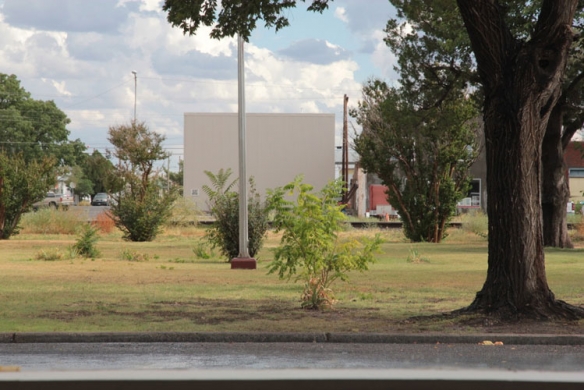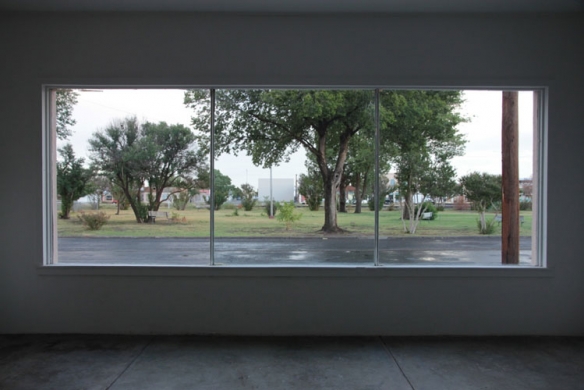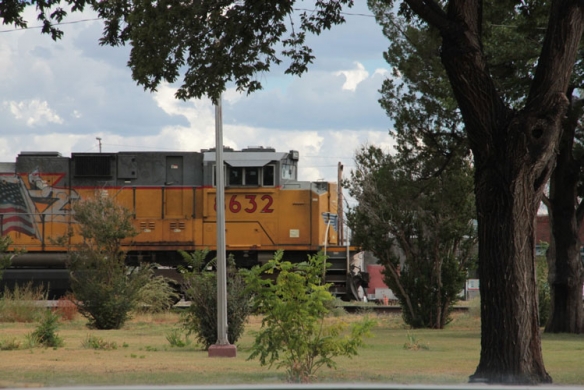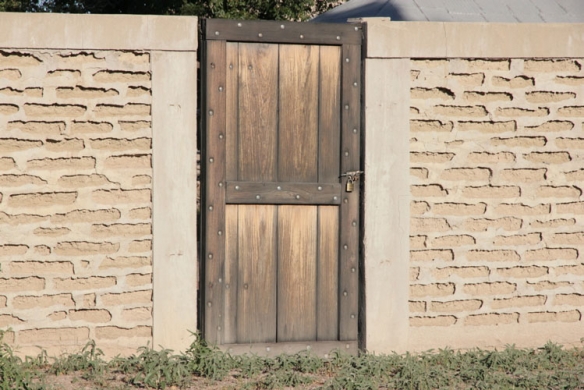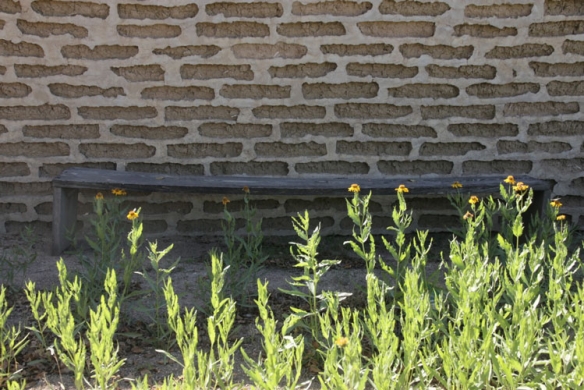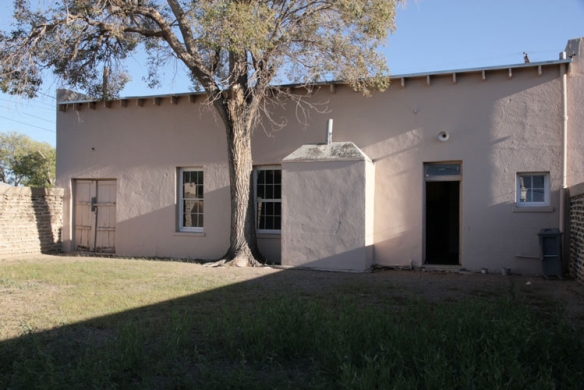These Walls were built by Donald Judd (One chapter, in Texas)

A/USA 2015, HD, 06:00 min., english OV (copyright photos Sasha Pirker)
Wenn das filmische Medium auf den Raum blickt, fügt es ihm eine Zeitlichkeit hinzu. Sasha Pirker dupliziert genau dieses Potenzial, als sie im September 2013 einen zukünftigen Ausstellungsraum in Marfa, Texas, der von Donald Judd Ende der 70er Jahre gekauft und erweitert wurde, mit der Kamera betritt. Über die Dauer des Films durchschreitet und erkundet sie diesen Raum, wobei wir auf der Tonebene einen Dialog zwischen ihr und einem Mann hören, der sowohl der Kurator dieser Ausstellungsräume als auch Hausmeister dieses Gebäudes sein könnte. Seine Erzählung berichtet von der ursprünglichen Nutzung des Raums als Rindergehege, wo die Tiere unter anderem geschlachtet und eingefroren wurden, wie auch über seine Nutzung als Galerieraum für Künstler/innen und betont so die zweite zeitliche Ebene - seine Geschichte, seinen Wandel in der Zeit. These Walls were built by Donald Judd erforscht – in nur sechs Minuten – multiple Dimensionen des Raumes, die den Galerieraum aus seiner Abgrenzung zur Welt in seinen Bezug zur Welt überführen. Mit dieser ist er verbunden durch seine Vergangenheit, die sich in Details der Innenräume bis in die Gegenwart manifestiert, wie auch durch die wandhohen Scheiben entlang der Frontwand des Hauses, die im CinemaScope Format auf den Park hinaus zu blicken ermöglichen. Dort fährt gerade schier endlos ein Zug vorbei – jenes Fortbewegungsmittel der Moderne, das bereits vor dem Film die Erfahrung von Dauer mit jener des Raums verband. Am Ende also, die Umkehrung des Blicks: aus dem Raum heraus auf den Film. (Alejandro Bachmann)
When the medium of film beholds space, it conjoins space with temporality. Sasha Pirker duplicates this very potential in September of 2013 when she enters a future exhibition space originally purchased and developed by Donald Judd at the end of the 1970s, armed with her camera. For the duration of the film Pirker crisscrosses and explores the space, whereas a conversation is heard on the soundtrack, taking place between her and a man who could either be the curator of the exhibition rooms or custodian of the building. His account chronicles the original use of the space as a cattle yard – where animals were slaughtered and frozen, among other things – as well as its use as a gallery for artists. He thereby stresses a second temporal level, the history of the space, its transformation over the course of time.
In a mere six minutes, These Walls were built by Donald Juddexplores multiple dimensions of the space, transitioning from the gallery as separate from the world to how it relates to the world. This relationship is manifested by past interior details present to this day, as well as the facade’s floor-to-ceiling windows that deliver a CinemaScope view of the park outside. There a seemingly endless train is seen passing by – the locomotive means of Modernity that bound the experience of time to space before the advent of film. And so it is that in the end our gaze is turned around: We peer out of the space at the film. (Alejandro Bachmann) Translation: Eve Heller

